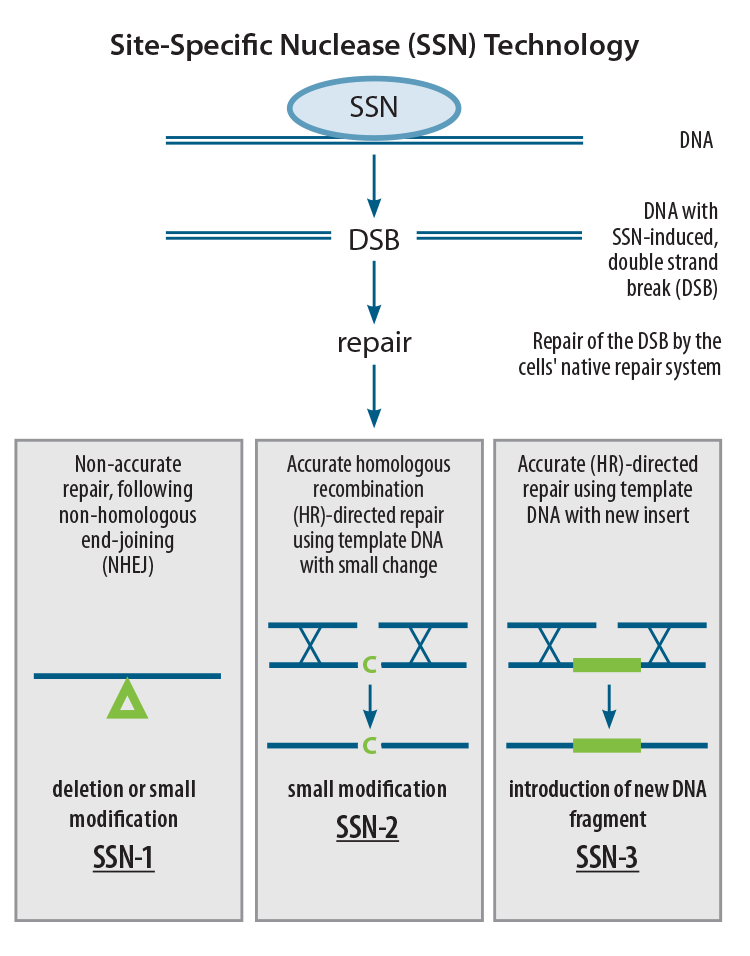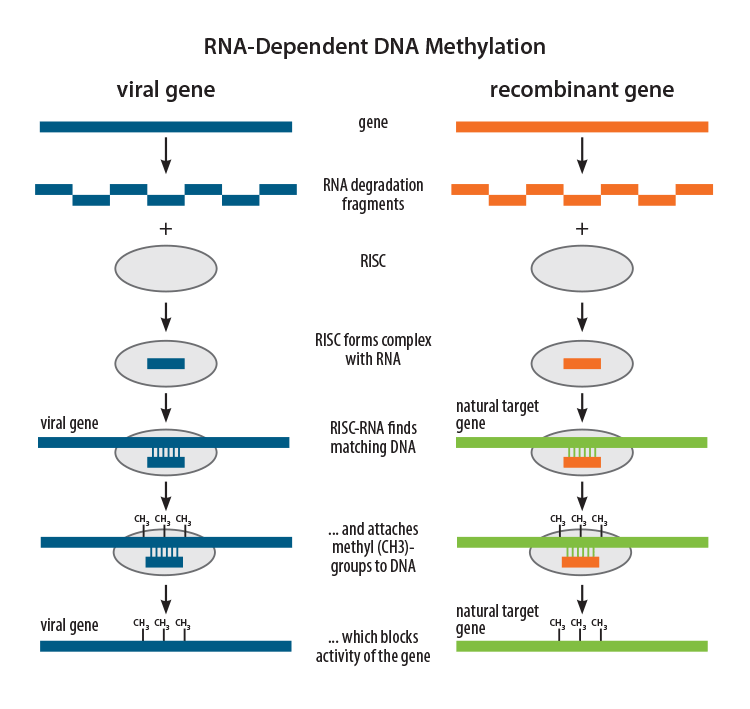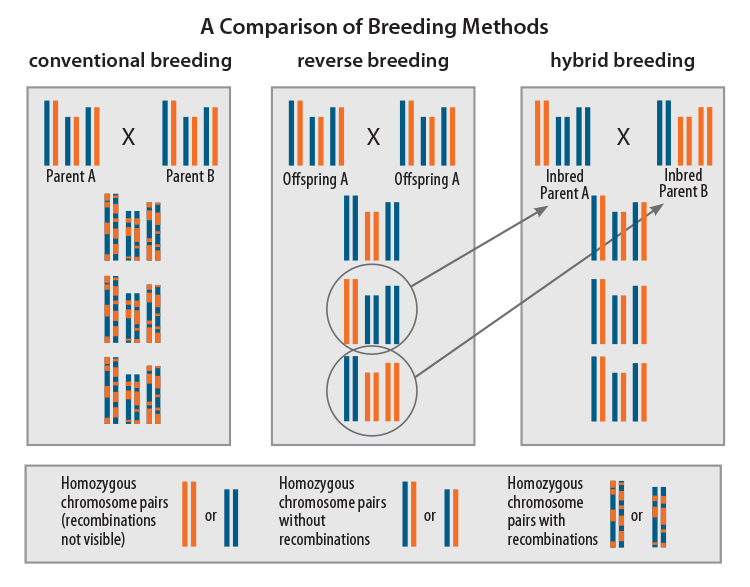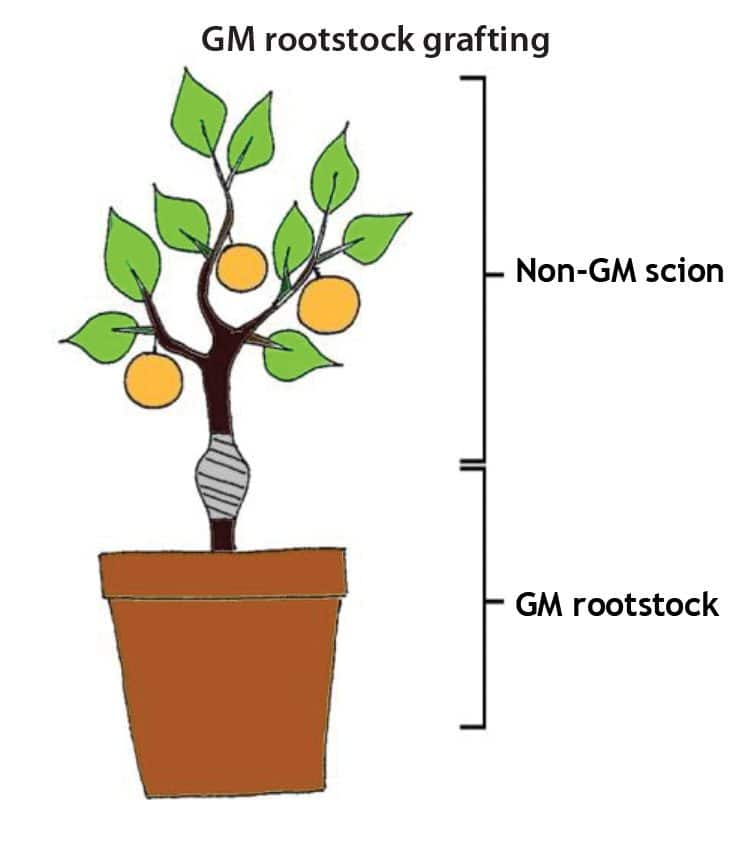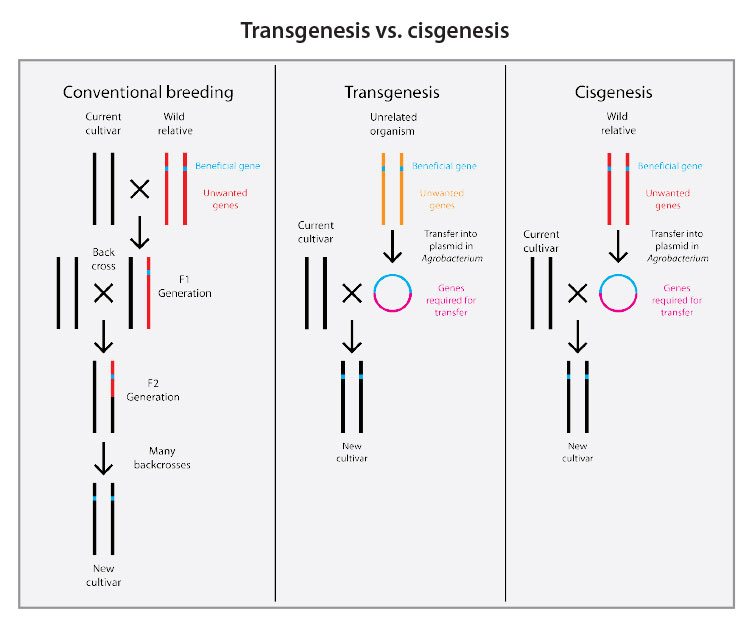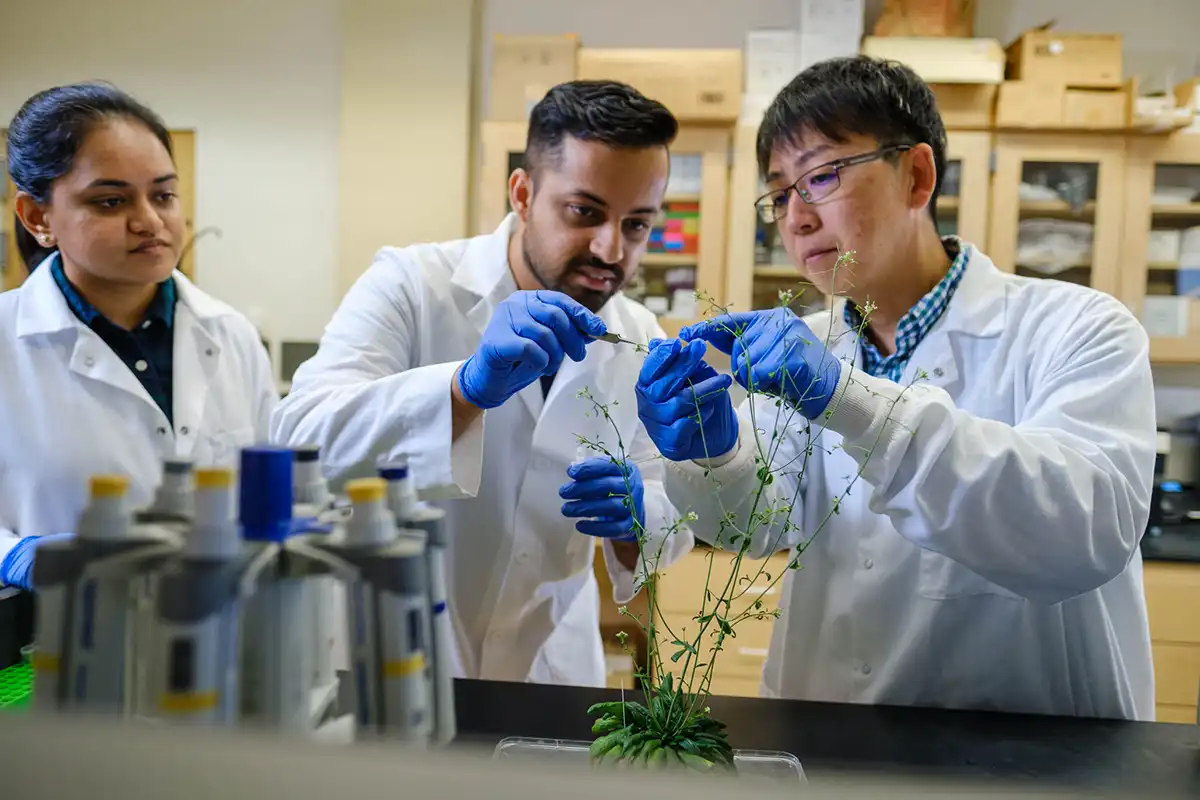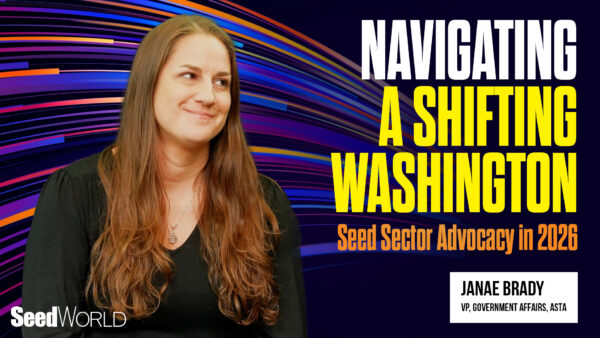Promising techniques accelerate innovation in plant breeding.
_x000D_
It has been recited many times before, the planet faces some of the most fearsome challenges it has ever seen. Today’s farmers need to produce more food and more energy for an ever-growing population, with less land, less water and fewer resources, and in a more sustainable manner — all in the midst of a changing climate, according to a 2011 report from the Food and Agriculture Organization of the United Nations._x000D_
_x000D_
During the past century, researchers have improved plant varieties to better cope with population growth. However, urbanization has pushed agriculture to ever more marginal lands, while yield increases have been plateauing in several crops._x000D_
_x000D_
For instance, research from Natural Resources Canada shows that from 1988 to 2010, urban and suburban land use in Alberta increased from 2.5 per cent to 6.6 per cent of total land area, while agricultural land area increased from 31 per cent to 34 per cent, mainly at the expense of woodlands and grasslands. This same study, Urbanization and the loss of prime farmland: a case study in the Calgary-Edmonton corridor of Alberta, shows that 60 per cent of urban expansion occurred on agricultural land, two-thirds of which were highly suitable for farming._x000D_
_x000D_
“There has been a reduction in the average quality of agricultural land because converting the best land to urban and residential use has resulted in agricultural development on poorer quality soils,” says Navin Ramankutty, a lead author of the study and professor of global food security and sustainability at the University of British Columbia._x000D_
_x000D_
All of the above means plant breeders will need to step up their efforts. Continuing on the way they have done won’t suffice in the coming decades._x000D_
_x000D_
This is an incredible challenge, says Robb Fraley, executive vice-president and chief technology officer at Monsanto. “I have no doubt that we can meet the food security needs of the future,” he says. “And I actually think that as we improve yields and productivity, by the time we reach 2050, we’ll even have the opportunity to convert some of the lands that we farm back into forests, pastures and wetlands._x000D_
_x000D_
“We can be that efficient. The challenge is will we be able to use the tools available.”_x000D_
_x000D_
Experts, such as Fraley, are calling for another revolution, and this revolution may very well come in the form of new breeding techniques (NBTs)._x000D_
_x000D_
This group of techniques has been developed during the past 10 to 15 years, in the public and private sectors. These techniques deliver a desired genetic trait(s) in a much more precise way than other techniques could. In current plant breeding, limitations exist in delivering the right characteristics to the target varieties. These NBTs offer new possibilities._x000D_
_x000D_
It is a known fact that conventional plant breeding takes time. Surveys among plant breeding companies show it can take, on average, from seven to 12 (sometimes up to 20) years to generate a new plant variety with the desired characteristics, depending on the crop. Use of NBTs significantly shortens this period._x000D_
_x000D_
For example, in certain species it can be very time consuming to introduce a new resistance gene from the same, or related, species, due to the crop’s complex genetics. The result is not all crosses produce fertile offspring. In addition, the growth habit of the crop itself can prevent a quick introduction of the trait. For example, trees take several years until the first flowers and fruits develop, and it can take decades to create a new variety._x000D_
_x000D_
This article explores the methods developed including sequence-specific nuclease technology, oligonucleotide-directed mutagenesis, RNA-dependent DNA methylation, reverse breeding, GM rootstock grafting, induced early flowering, cisgenesis and intragenesis._x000D_
_x000D_
_x000D_
Sequence-Specific Nuclease Technology_x000D_
_x000D_
Sequence-specific nuclease (SSN) technology, often referred to as site-directed nuclease, uses natural enzymes to generate a double-strand break at an exact pre-defined location in the DNA._x000D_
_x000D_
Dan Voytas, a University of Minnesota researcher, explains that these natural enzymes are introduced in the genome at or near the site where a DNA sequence modification is desired. Voytas shares that these enzymes recognize and sever the target with high specificity. The repair of the break can be directed to create a variety of targeted DNA sequence modifications, ranging from DNA deletions to the insertion of large arrays of genes, he says. There are three application types of SSN — SSN-1, SSN-2 and SSN-3._x000D_
_x000D_
With the application of SSN-1, no donor-DNA is used to guide the repair. Non-homologous end-joining takes place, resulting, in most instances, in small deletions in the DNA; however, sometimes small additions can take place. These small alterations lead to a loss of gene function (a gene knock-out)._x000D_
_x000D_
The SSN-2 technique uses a donor DNA, which is a copy of the target DNA region with a small modification. During repair, the plant will use this template for the fix, and the small modification will be introduced into the plant’s genome (targeted mutation)._x000D_
_x000D_
The repair template of the SSN-3 application contains a complete new gene. Using SSN-3, intragenes, cisgenes or transgenes can be introduced (gene addition)._x000D_
_x000D_
In any of the three ways previously described, with SSN, a gene of interest can be mutated, replaced or knocked out (Figure 1). CRISPR-Cas9, zinc-finger nucleases (ZFNs), TALENs and meganucleases are all different variants of SSN._x000D_
_x000D_
For decades, plant breeders have been using classical mutagenesis methods, such as chemicals or ionizing radiation. In a way, similar results can be obtained with SSN-1, SSN-2 and classical mutagenesis methods, with one big difference — classical mutagenesis leads to thousands of random mutations, whereas SSN-1 and SSN-2 lead to single specific mutations in a targeted gene._x000D_
_x000D_
Additionally, classical mutagenesis methods require breeders to select plants with the intended mutations, and plant breeders must carry out several generations of backcrossing to eliminate any unwanted mutations. These two latter steps are much simpler and faster when using SSN-1 or SSN-2._x000D_
_x000D_
_x000D_
Oligonucleotide-Directed Mutagenesis_x000D_
_x000D_
The technique oligonucleotide-directed mutagenesis (ODM) uses oligonucleotides (small molecules) into which, in a similar manner to SSN-2, a small repair template is introduced into the plant cell. This is identical to the plant’s genetic material, except for the desired change._x000D_
_x000D_
Joachim Schiemann, head of the Institute for Biosafety in Plant Biotechnology at the Julius Kuehn Institute, Federal Research Centre for Cultivated Plants, explains that after the homologous sequence binds to the DNA, a mismatch pairing occurs, which will be corrected by the repair system of the host cell. He says this leads to new and specific mutations._x000D_
_x000D_
“The sequence of the oligonucleotide can be used as a template for new DNA synthesis during the repair process,” Schiemann says. “In this way, ODM can be used to target the editing of the genome.”_x000D_
_x000D_
The difference between ODM and SSN-2 is no genetic construct is copied into the plant’s DNA. The small repair molecule remains briefly in the plant cell and is quickly degraded (Figure 2). This only works in plants that can be regenerated from protoplasts._x000D_
_x000D_
With SSN-1, SSN-2 and ODM, additional genetic variation is created within an existing species without crossing any species barrier. This creation of additional genetic variation is absolutely crucial and fundamental to plant breeding._x000D_
_x000D_
_x000D_
RNA-Dependent DNA Methylation_x000D_
_x000D_
RNA-dependent DNA methylation (RdDM) relies on the plant’s defence system (RNA-induced silencing complex), which is activated by small double-stranded RNA molecules._x000D_
_x000D_
Schiemann says RdDM enables gene expression to be modified by switching off genes or enhancing their function without bringing about any change in the genomic sequence itself. He explains this is achieved by altering the methylation patterns of molecules associated with DNA by the introduction of double-stranded RNAs._x000D_
_x000D_
“These latter molecules are processed by different host enzymes of the RdDM machinery and lead to epigenetic changes in gene expression, which can be stably inherited for at least a few generations,” he says._x000D_
_x000D_
_x000D_
Reverse Breeding_x000D_
_x000D_
It’s not possible to exactly reproduce a heterozygous plant from seeds. Only vegetative reproduction allows for an exact copy; however, seed companies are geared to reproduce and commercialize elite plant varieties by means of seeds. Vegetative reproduction is often too expensive, technically cumbersome, and commercialization is often logistically impossible._x000D_
_x000D_
According to the authors of “Reverse breeding: a novel breeding approach based on engineered meiosis,” which appeared in Plant Biotechnology Journal, reverse breeding (RB) is a novel plant breeding technique designed to directly produce parental lines for any heterozygous plant — a sought after goal in plant breeding._x000D_
_x000D_
“The method is based on reducing genetic recombination in the selected heterozygote by eliminating meiotic crossing over,” the authors report. “Male or female spores obtained from such plants contain combinations of non-recombinant parental chromosomes, which can be cultured in vitro to generate homozygous doubled haploid plants._x000D_
_x000D_
“From these doubled haploid plants, complementary parents can be selected and used to reconstitute the heterozygote in perpetuity.”_x000D_
_x000D_
Basically, RB allows plant breeders to stably produce the heterozygous elite plants through seed (Figure 4)._x000D_
_x000D_
GM rootstock. Source: NBT platform.
_x000D_
GM Rootstock Grafting_x000D_
_x000D_
Grafting is a practice that has been used by growers for thousands of years to control growth and flowering in trees and some herbaceous plants by attaching a scion (the upper part of the plant without the roots) onto a suitable rootstock, according to CropLife International. With GM rootstock grafting, the scion is grafted onto a GM rootstock (Figure 5)._x000D_
_x000D_
The resulting combined plant is usually regarded as a GM plant, but the products, such as the flowers or the fruits that are harvested, do not carry the genetic modification and are considered GM-free._x000D_
_x000D_
This is particularly useful in cases where the rootstock conveys beneficial characteristics, such as more efficient nutrient uptake from the soil, better rooting ability in heavy soils or resistance to soil-borne diseases._x000D_
_x000D_
Induced Early Flowering_x000D_
_x000D_
With this approach, recombinant genes that promote flowering in the first year are introduced into a plant. This is particularly helpful in trees that have a long juvenile. The early flowering enables faster breeding and selection in these species._x000D_
_x000D_
In the final breeding step, the recombinant early flowering genes are crossed out, resulting in varieties that are free of any transgenes. The plants produced this way are indistinguishable from varieties obtained through conventional breeding, but are now achieved decades earlier._x000D_
_x000D_
_x000D_
Cisgenesis_x000D_
_x000D_
Using this method, specific traits of interest are introduced into a plant using genetic modification, but only using genes from the same species, or from a species that can be crossed with it (Figure 6)._x000D_
_x000D_
CropLife International reports that the introduced cisgene is an identical copy of a gene from the sexually compatible pool, including promoter, introns and terminator. The donor plant must be crossable with the recipient plant. This means that the same result could be achieved through conventional plant breeding, but this would take a much longer period, often up to four or five times longer._x000D_
_x000D_
This technique is especially promising for the development of plant varieties of vegetatively propagated crops, such as potato, apple, banana, cassava and grape._x000D_
_x000D_
Intragenesis_x000D_
_x000D_
Plants created with intragenesis contain new genes originating from the species itself or from a crossable species._x000D_
_x000D_
Intragenesis differs from cisgenesis by allowing use of new gene combinations created by in vitro re-arrangements of functional genetic elements, shares Inger Holme, a senior researcher in the Department of Molecular Biology and Genetics at Aarhus University in Denmark and lead author of “Intragenesis and cisgenesis as alternatives to transgenic crop development.”_x000D_
_x000D_
With cisgenesis, genes are a new combination of genetic elements that cannot be obtained with traditional breeding. For example, one can replace the natural promotor with a promotor from another gene that comes from the same species._x000D_
_x000D_
As with every technique there are limitations. Holme explains that one of the limitations shared by both cisgenesis and intragenesis is traits outside the sexually compatible gene pool cannot be introduced. Additionally, she says the creation of intragenic crops requires new expertise and more time compared with transgenic crops. The desired genes or fragments of genes might not be readily available, but have to be isolated from the sexually compatible gene pool._x000D_
_x000D_
Also, the production of select marker-free plants often requires the implementation or development of new methods, since such methods might not be readily available for the crop. This means considerable efforts have to be spent, especially on crops with low transformation efficiencies, to produce high numbers of modified plants._x000D_
_x000D_
However, Holme says the disadvantages for intragenesis and cisgenesis are greatly compensated by their potential to overcome some of the limitations of conventional plant breeding._x000D_
_x000D_
“Both concepts confer a faster and more precise tool for the transfer of genes between related species than classical backcross breeding,” she explains. “Equally important, the linkage drag often seen in conventional backcross programs is avoided._x000D_
_x000D_
“The intra-/cisgenic concepts can also overcome limitations of classical breeding when it comes to improving traits with limited natural allelic variation. A higher expression level of a trait can be obtained through cisgenesis by inserting an additional gene copy of the trait, or through intragenesis by introducing a hybrid gene containing an advantageous promoter and terminator isolated from the sexually compatible gene pool. Lower expression levels can be obtained through intragenesis by the introduction of different silencing constructs.”_x000D_
_x000D_
Valuable New Tools_x000D_
_x000D_
New plant breeding techniques significantly reduce the time and effort needed to produce new plant varieties and allow more precision._x000D_
_x000D_
“Exploring these new genome editing techniques allows not only even more precise plant breeding but also a remarkable range of new opportunities for future crop improvement and production,” Schiemann says._x000D_
_x000D_
Considering the immense challenges ahead, the NBTs provide valuable tools to plant breeders that are much needed in light of the global challenges concerning population increase, climate change, food security and the sustainable use of resources.



